Leonardo da Vinci’s contributions to art and science have left a profound mark on humanity. However, behind the artist’s extraordinary achievements lies a tragic story, creating a complex nuance for his legacy.
Leonardo da Vinci, the legendary Renaissance artist, left a lasting mark on history with his multifaceted talent, unparalleled creativity, and endless curiosity.
Masterpiece of the Renaissance Leonardo da Vinci (1452-1519).
A master of art, science, engineering and anatomy, his life was a symphony of excellence and constant innovation.
However, beneath the surface of this achievement are tragic tragedies, creating a complex tone for this legend's legacy.
Illegitimate child
Leonardo da Vinci's life was marked by the complications of family life.
He was born in 1452 on a farm in the Tuscany region of Italy. The son of a wealthy notary, Leonardo's early life was difficult and humiliating because his mother was a low-ranking servant. He was an illegitimate child.
Soon after da Vinci was born, his father married a woman of higher status. Leonardo's mother also married another man. When he was five years old, he was taken in by his father after his legal wife and only child died.
However, after a short time, Leonardo was sent to live with his grandparents. Leonardo was not allowed to go to school, but was only tutored in basic subjects such as writing, reading, and mathematics.
The famous painting “The Last Supper” (1498) depicts the last meal Jesus had with his disciples before he was hanged on the cross.
The estrangement from his father and half-siblings left deep emotional scars. However, these experiences fueled Leonardo’s creative passion, forcing him to overcome the limitations of his circumstances and claim his place in history.
In 1476, while preparing to celebrate his 24th birthday, Leonardo was arrested with four other men for having homosexual sex with a 17-year-old apprentice of a local goldsmith. However, he was released two months later due to lack of witnesses, according to The New Yorker.
Legal penalties at the time for this crime included large fines, public humiliation, exile, or even burning at the stake. The incident had a profound effect on Leonardo's character, leading him to make a habit of buying caged birds from the market just to set them free.
In 1491, after a decade in Milan, Leonardo met the teenager Gian Giacomo Caprotti, who would accompany him and be with him for the rest of his life. Caprotti was hired as a model for his studio when he was only 10 years old and was soon admired by Leonardo for his cute appearance. Because the boy had a habit of stealing, Leonardo nicknamed him “Salai”, meaning little devil.
Later, art researchers hypothesized that the Mona Lisa portrayed by Leonardo was based not only on Lisa Gherardini, the wife of a Florentine merchant, but also on his young companion, Salai.
“Mona Lisa has a half-male, half-female look,” Silvano Vincenti, who has been an expert on da Vinci’s world- famous painting for many years, told the Telegraph. “You see it especially in Mona Lisa’s nose, forehead and smile.”
Genius breaks conventions and norms
At the core of Leonardo's life story is a picture painted with the vivid strokes of an artistic genius.
His pioneering approach to painting broke with conventions and gave birth to the concept of Sfumato- a technique that creates smooth shading, characterized by the skillful blending of color and light to create a three-dimensional effect.
The enigmatic smile of Mona Lisa and the intricate details of “The Last Supper” are testament to his exceptional craftsmanship.
Mona Lisa's smile is the pinnacle of interdisciplinary research in art, science, optics and everything else.
Leonardo dissected the human face, tracing out every muscle and nerve that touched the lips, and dissected the eyes of many corpses to gain insight into what it looked like from the inside.
The painting is currently on display at the Louvre Museum in Paris, France.
Another notable aspect of the painting is the way Leonardo used the background to create depth in the image. The background is a pastoral scene with mountains and a deserted road. This makes the Mona Lisa appear as part of the scene, while also creating depth and spatial hierarchy.
Genius ahead of his time
While Leonardo's artistic contributions captivated the world, his scientific research was far ahead of its time, prefiguring modern scientific principles. His notebooks are filled with sketches, observations, and inventions, revealing a mind constantly searching for new knowledge.
His anatomical studies, executed in meticulous detail, revealed the intricacies of the human body, demonstrating Leonardo's remarkable blend of artistic acumen and scientific rigor.
Leonardo da Vinci's visionary ideas were ahead of their time, anticipating countless inventions that would come centuries later. His relentless curiosity and innovative mind allowed him to conceptualize concepts and become a pioneer.
Some of Leonardo's sketches were centuries ahead of his time.
Some of Leonardo's visionary ideas include flying machines, diving devices, helicopter-like devices, anatomical drawings, urban planning concepts, solar energy, robotic automata, and even artistic techniques like aerial perspective.
Leonardo da Vinci died in 1519, at the age of 67, in the small village of Amboise, France. The exact cause of his death remains a subject of speculation and debate among historians and medical experts. However, the popular theory is that he likely died of a stroke.
Leonardo da Vinci's life is a tale of genius intertwined with tragedy. His relentless curiosity, extraordinary talent, and pursuit of perfection made him one of the most remarkable figures in history.
However, Leonardo's struggles with personal loss, isolation, and the weight of his many unfinished works overshadowed his brilliance. Leonardo's story is also a reminder that even the greatest minds are not immune to the complexities of human emotions and the challenges life can bring.
According to VietNamNet
Source



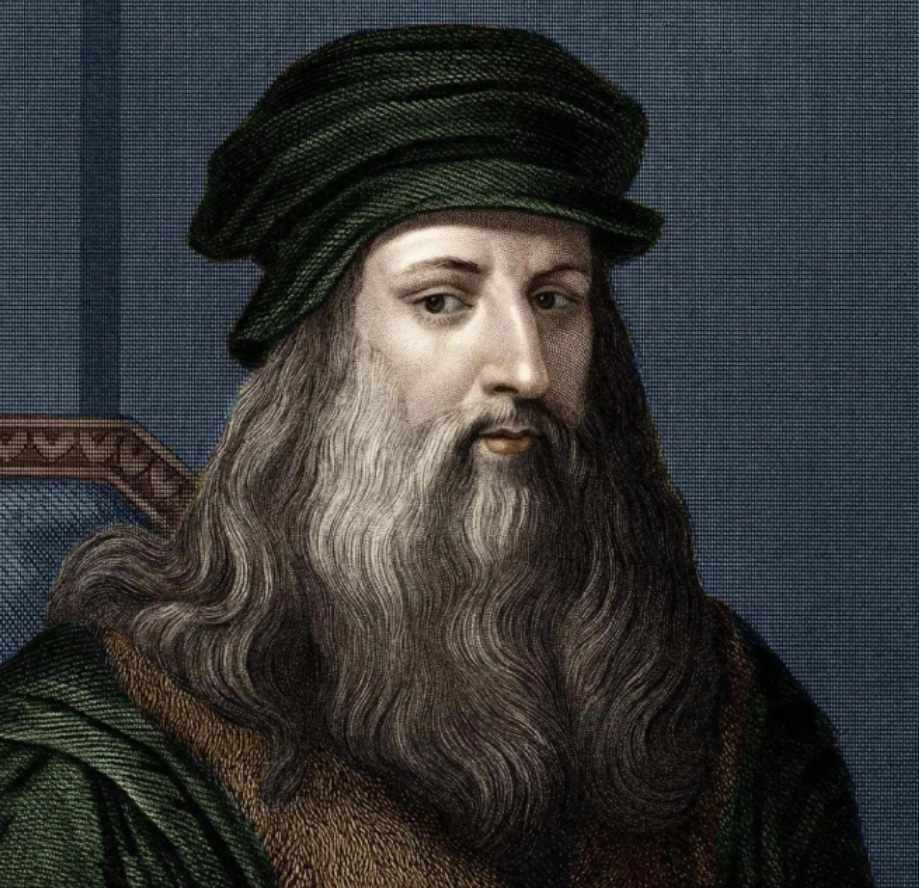
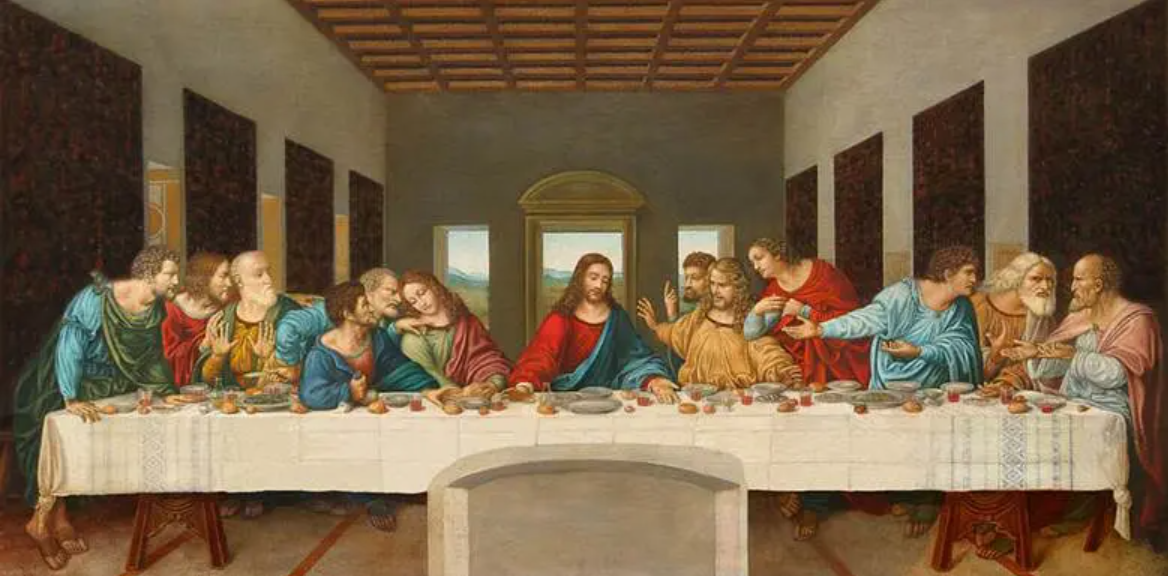
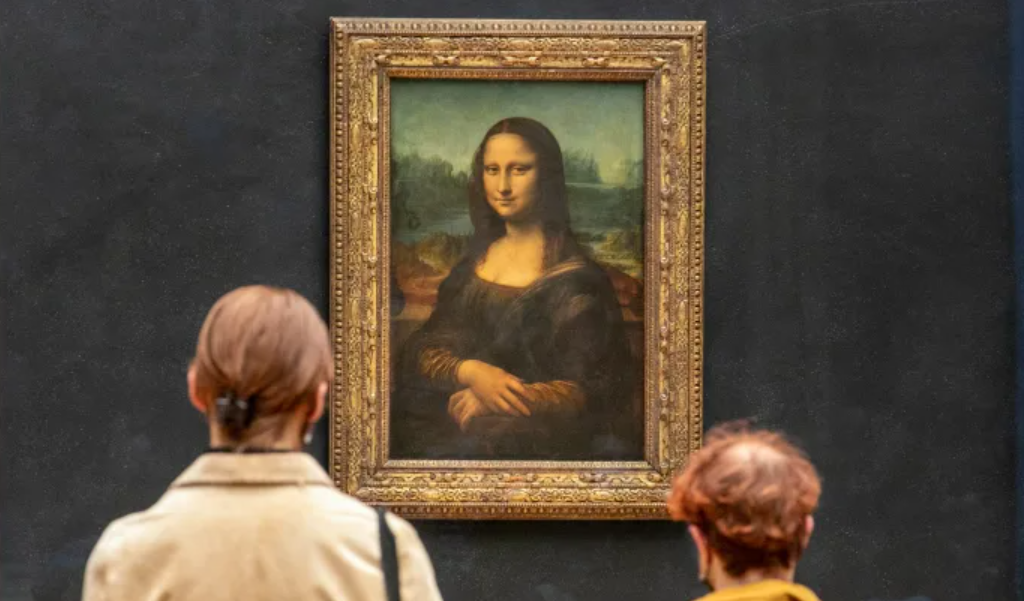
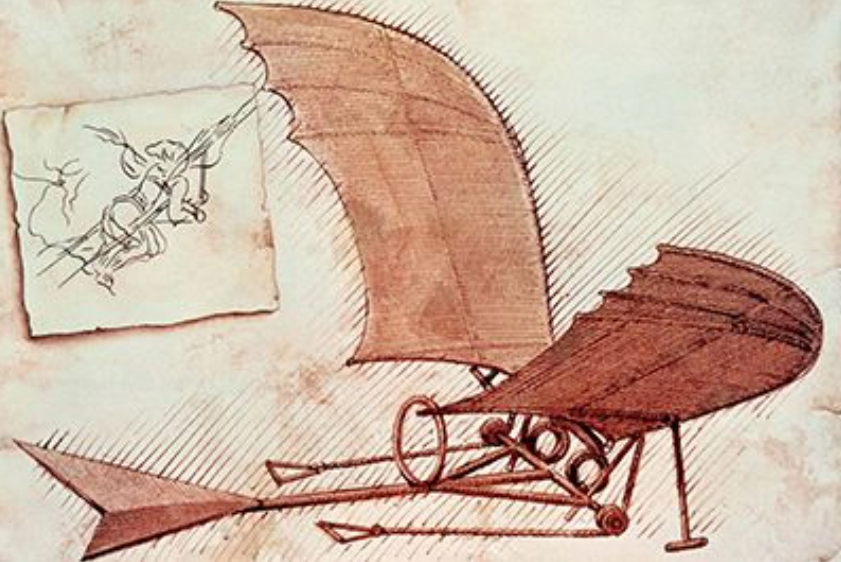
![[Photo] First Secretary and President of Cuba begins State visit to Vietnam](https://vphoto.vietnam.vn/thumb/1200x675/vietnam/resource/IMAGE/2025/8/31/f169c1546ec74be7bf8ccf6801ee0c55)
![[Photo] Chairman of the National People's Congress of China Zhao Leji begins official visit to Vietnam](https://vphoto.vietnam.vn/thumb/1200x675/vietnam/resource/IMAGE/2025/8/31/fcfa5a4c54b245499a7992f9c6bf993a)
![[Photo] Prime Minister begins trip to attend SCO Summit 2025 in China](https://vphoto.vietnam.vn/thumb/1200x675/vietnam/resource/IMAGE/2025/8/31/054128fff4b94a42811f22b249388d4f)
![[Infographic] Traditional relations and special friendship between Vietnam and Cuba](https://vphoto.vietnam.vn/thumb/1200x675/vietnam/resource/IMAGE/2025/8/31/c4c2b14e48554227b4305c632fc740af)


























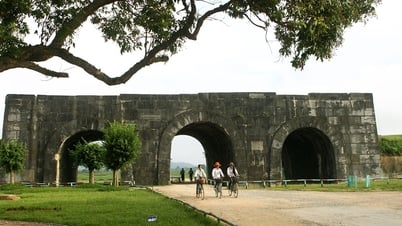

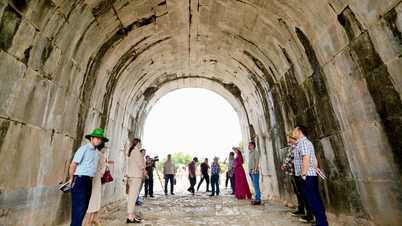
































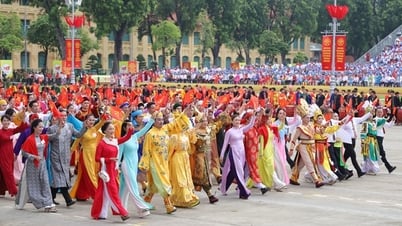










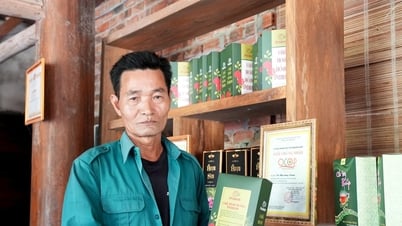












Comment (0)